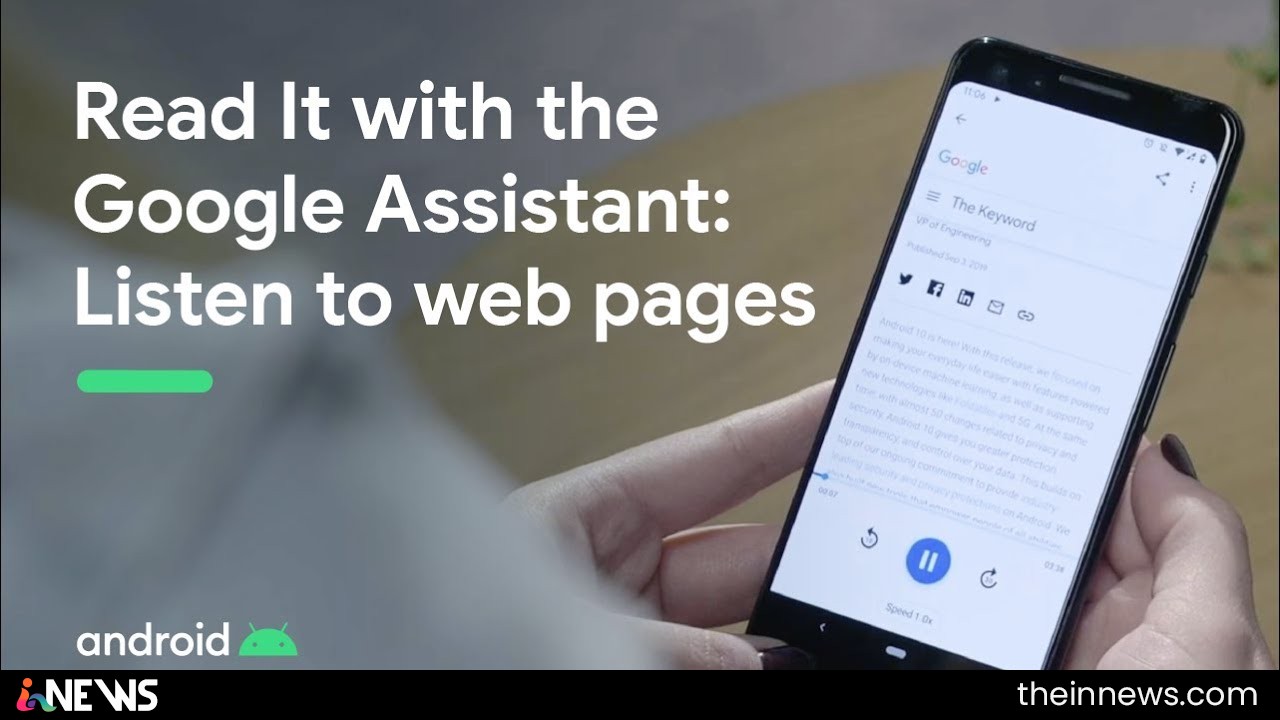
While everyone knows what an app is and almost everyone has an idea for one, far less people know how to properly execute development to bring that idea to life. If the idea is there, planning and development are often the most crucial steps in getting that app to the masses.
The actual development and design of an application is just as important as the function it performs. This is because there are a multitude of mobile platforms and devices, and the application must be designed several times to take advantage of the unique features of each platform, or once as a cross-platform application with less functionality.
Prior to development, consider these questions to map out your needs and help select a method:
- Should the app function on a specific device(s), or any device?
- Will the app play a crucial function for business with data-intensive information?
- Will the app require high-quality performance at all times?
- Will the app require specific custom functionalities of different devices?
To answer these, developers must understand the requirements of their app, and choose from an array of methods for mobile application development.
Table of Contents
1. Native Development
Developing apps natively, or separately for different devices, will result in the most functional version of the application. Because the app is developed specifically for each mobile device, such as Android, BlackBerry, or iPhone, it can be designed for optimized look, feel, and performance on each device. The obvious drawback is that code must be developed for each platform independently, and will require programming the app in multiple languages. This prolonged development increases costs, but the application will function to its highest potential on each mobile device. Because this type of development will lead to a high-performance app, it is best suited for large-scale applications with many users and data-intensive information.
2. Cross Platform Development with Mono on the .Net Framework
In some cases, cross-platform development can be done on the .NET framework with the use of the free and open source project, Mono. Rather than switching to Objective-C to develop for iOS, or Java/J2ME to develop for Android, developers can use the familiar .NET framework to create apps for iOS, Android, and many other operating systems. Using Mono, developers can also use Visual Studio rather than Xcode, and a PC instead of a Mac for iOS development. This easy access to cross-platform development reduces infrastructure overheads and development time, but demands skilled coding for optimization on all operating systems. Finally, cross platform applications may experience negatively impacted performance because they essentially translate the coding language on each device.
3. Develop a Cross-Platform App with a Mobile Development Framework
Cross-platform development requires an environment with options, so that features will perform on any operating system. There are three major development platforms that offer these advanced options, namely Apache Cordova, Titanium, and Rhomobile. Because these platforms use a single code base, development can be completed once at a low cost, and future upgrades will take effect on all devices at once. The main disadvantage is that these apps may perform slower on devices than if they were natively developed, and custom plugins are required for device-specific coding. These types of apps are best used when there are small amounts of data to be handled.
4. Make an HTML5 Mobile Site
With the advent of HTML5, mobile sites can be more powerful than ever. With knowledge of common languages such as HTML and JavaScript, developers can create an app that has the feel of a web application, and is accessible through a mobile web browser. This development requires the creation of an HTML5 site with .NET or PHP, as well as the creation of code for an iPhone, Android, or Windows solution that can load browser controls. The main advantages of this method are quick development, ease of coding, and low costs, while the main drawback is that developers cannot explore the abilities of specific devices or call device specific API.
5. Develop a Mobile Friendly Site
A mobile-friendly site is a simple website that has the look and feel of a mobile app, despite being a normal website. While these sites cannot be tailored for each native device, they come with very low cost and rapid development time. This type of solution is best when the app will not require user interface abilities, and does not demand the focused look and feel of a native mobile app.
Conclusion
Deciding between these method of mobile application development really depends on your unique development needs, and whether they favor less cost and time, or better user experience and performance for each different device.
Universal, cross-platform solutions come with less cost and development time, but may not perform as well or look as customized as a natively developed application. While native applications are more expensive and take longer to build, their bold performance power gives developers the power to wholly customize the application’s look and feel for that device, and to take advantage of fast computing power.
Your mobile app development method should truly be based on your specific needs. While there are guidelines for which method works best when, development should be wholly guided by the your application’s device, features, and performance requirements.







